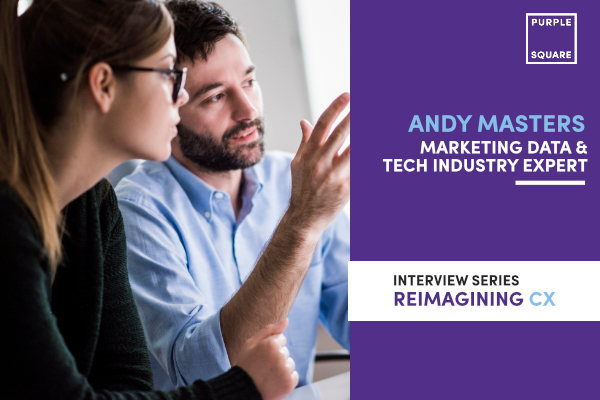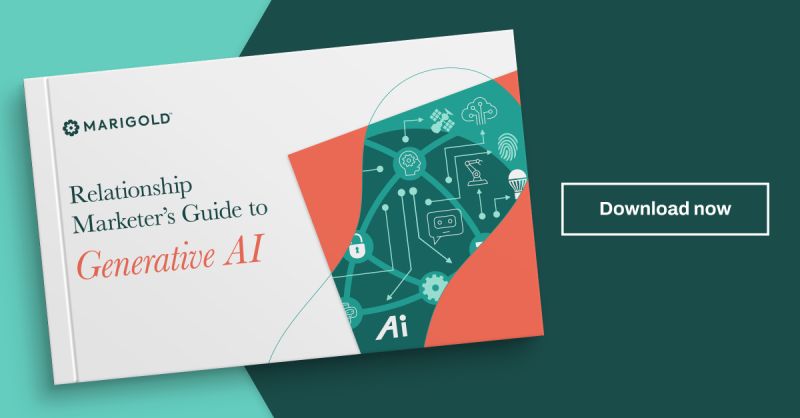Temporal personalisation: it's all about time
18 Aug 2022

The best crafted marketing campaigns can fall flat if emails, SMSs, social posts or any other calls to action arrive in the wee hours of the morning – or, equally, during the busiest part of the workday. Timing campaign messages to land during a morning commute used to be a fairly safe bet for those who took public transport to the office, but with workdays, timings and commutes now harder to predict, landing messages at the optimum time is becoming increasingly difficult to achieve.
Enter temporal personalisation
Although it may sound like rocket science or something out of Doctor Who, temporal personalisation is anything but that. Put simply, it prioritises the ‘when’ of a campaign by using time as a factor in addition the standard personalisation data clusters like demographics, behaviour and web tracking. No TARDIS required.
While most marketers may be aware of temporal personalisation, many do not have the time (ironically) or wherewithal to use it. In the past, siloed data and a lack of a single customer view made timings much more difficult to predict, let alone personalise. For example, digital marketers might have had up-to-date stats on open rates and effective campaign timings, but they would have limited access to when a customer was active on the company website or commenting on social media. Disparate information made correlating the ‘what’ and ‘when’ of a customer action nigh on impossible to track, but with customer data platforms (CDPs) and data connectivity now readily available, this is no longer an excuse.
Creating marketing moments and micro audiences
In reality, the timing of when a customer performs an action is at least as important as the action itself. Some industries like online gaming have cottoned onto this fact and are using temporal personalisation as a way to hyper-personalise their content and create micro audience groups. In sectors where loyalty is scarce and share of wallet is hard fought, every second counts and temporal personalisation means they can create marketing moments when their audiences are primed for interaction –instant discount offers or in-app purchases that activate during half time at sporting events, for example.
Truth be told, marketers from any market segment can learn a lot about temporal personalisation from these industries. They understand the importance of creating ‘marketing moments’ to engage customers at the times when their interest is piqued and they are most likely to take action.
Like all personalisation, the temporal variety is based on behaviours. It analyses data and trends to help determine when a customer is most – or least – receptive to engagement. For example, it can highlight times when customers tend to interact with sporting apps (during pre-game or half-time) or abandon their online shopping carts (between 6 and 8 p.m. or 2 a.m.).
This information provides insight to marketers, giving them a clearer picture of which times work and which don’t, allowing them to trigger content and calls to action to reach customers through the optimal channel at the most opportune moment. Thanks to temporal personalisation, marketers can create highly targeted microsegments designed to reach only hundreds of people at any given specified time with content tailored to them. This makes it easy for customers to take action before they become distracted – whether it’s by their team taking back to the pitch, their lunch break ending or bath time for the kids.
Planning ahead to avoid over-marketing
The flipside of marketing to micro-audiences and microsegments is that people and their habits are complex, and any given customer can fall into multiple segments and/or audience groups. If left unchecked, we’ve seen situations where individuals receive dozens of triggered messages per day based on their previous behaviours and target profile.
Most martech solutions have fatigue management functionality built in to avoid scenarios like this. They can help ensure any overlaps are identified and customers are separated out so they don’t receive different messages from the same company tailored to the specific time of day, but planning is essential to avoid overmarketing through temporal personalisation.
Marketers need to plan ahead and choose their audience grouping up front. I’ve worked with clients who use colour-coded post it notes on a whiteboard to layout which segments receive which communication when on a weekly basis. Whichever you choose to use, planning is essential to avoid alienating customers through over-marketing.
I believe that this is the key element that hinders the widespread use of temporal personalisation. As obvious and beneficial as it may seem, many marketers ignore it for fear of falling foul of timed microsegments or, more likely, they are too busy to get their heads round it. For this reason, some creative teams turn to campaign delivery services to focus on the logistics, leaving them time to perfect the creative content to stimulate action.
Whatever approach they take, with new marketing channels and distractions mounting up on what seems like a daily basis, temporal personalisation is going to become increasingly necessary to rise above the noise. It really is all about time!





Please login to comment.
Comments